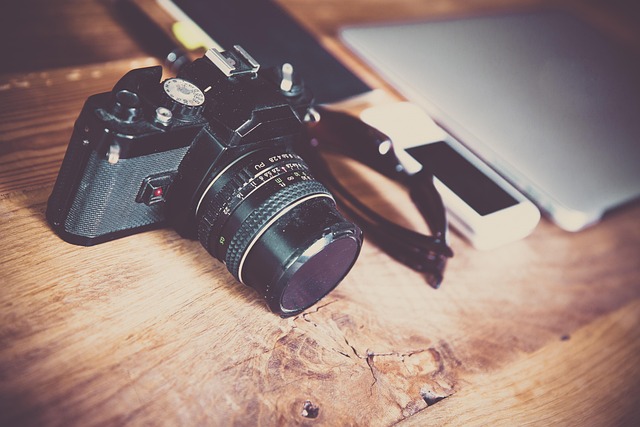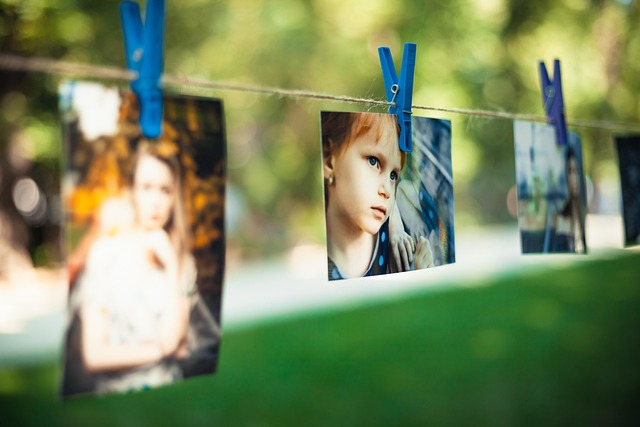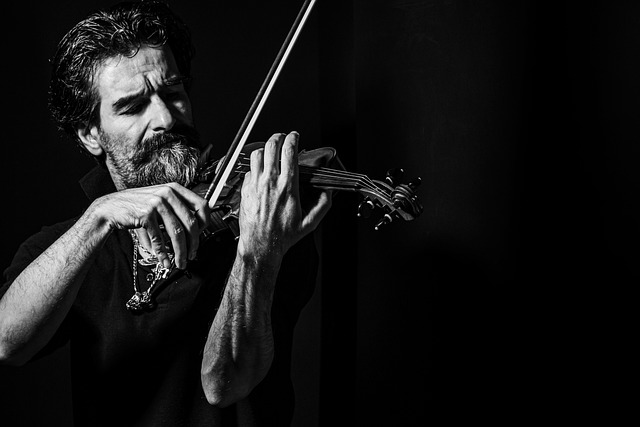When we think about photography, often what comes to mind is the snap of a shutter and the instant capture of a memory. However, as any fine art enthusiast knows, photography transcends mere documentation; it serves as a powerful medium for expressing cultural narratives. One significant element that influences this expression is the camera angle. It not only shapes the visual composition but also conveys deeper meanings within cultural contexts.
The way we perceive a subject can change dramatically based on the angle from which it is photographed. In fine arts, this principle is especially pertinent. A low-angle shot can elevate a figure, injecting a sense of power or dominance into the imagery. This can reflect cultural hierarchies or social structures, revealing insights about how individuals or objects are perceived within various societies. Think of the towering monuments in a cityscape captured from below—this perspective not only captures physical stature but also speaks to cultural reverence for history and heritage.
Conversely, a high-angle shot tends to diminish the subject, often conveying vulnerability or submission. In contexts that explore social issues, this can be a striking way to challenge viewers’ perceptions and provoke thought. For instance, photographing a child from an elevated position may elicit feelings of protection and innocence, thus fostering a deeper understanding of childhood within different cultural frameworks.
Moreover, the choice of camera angle can engage the viewer’s emotions and invite them to connect personally with the art. By framing a subject in a way that challenges traditional perspectives, photographers can illuminate overlooked stories and voices within their cultures. Each angle of view is a doorway into a conversation about identity, heritage, and the shared human experience—a hallmark of both fine arts and photography.
In exploring landscapes, a wide-angle lens may offer a panoramic view that encapsulates a community’s history, while an intimate close-up might focus on a specific detail that embodies cultural significance—whether it’s the craftsmanship of a handmade artifact or the expressive features of a local elder. These choices harness the transformative power of camera angles to evoke empathy and understanding, encouraging viewers to see beyond the surface.
The interplay between camera angles and cultural representation thus becomes a critical aspect of the photographic medium. It challenges photographers to think critically about how each shot they take can shape narratives and highlight the richness of diverse cultures. By viewing the world through various lenses—both literally and metaphorically—we open ourselves to a grander tapestry of artistic expression.
In the end, as we refine our understanding of camera angles in photography, we also embark on a journey through the fine arts, discovering the intricate layers of culture that inform our interpretations. It is in this exploration that we find art’s true essence—a reflection of human experience, weaving stories across borders and generations.




